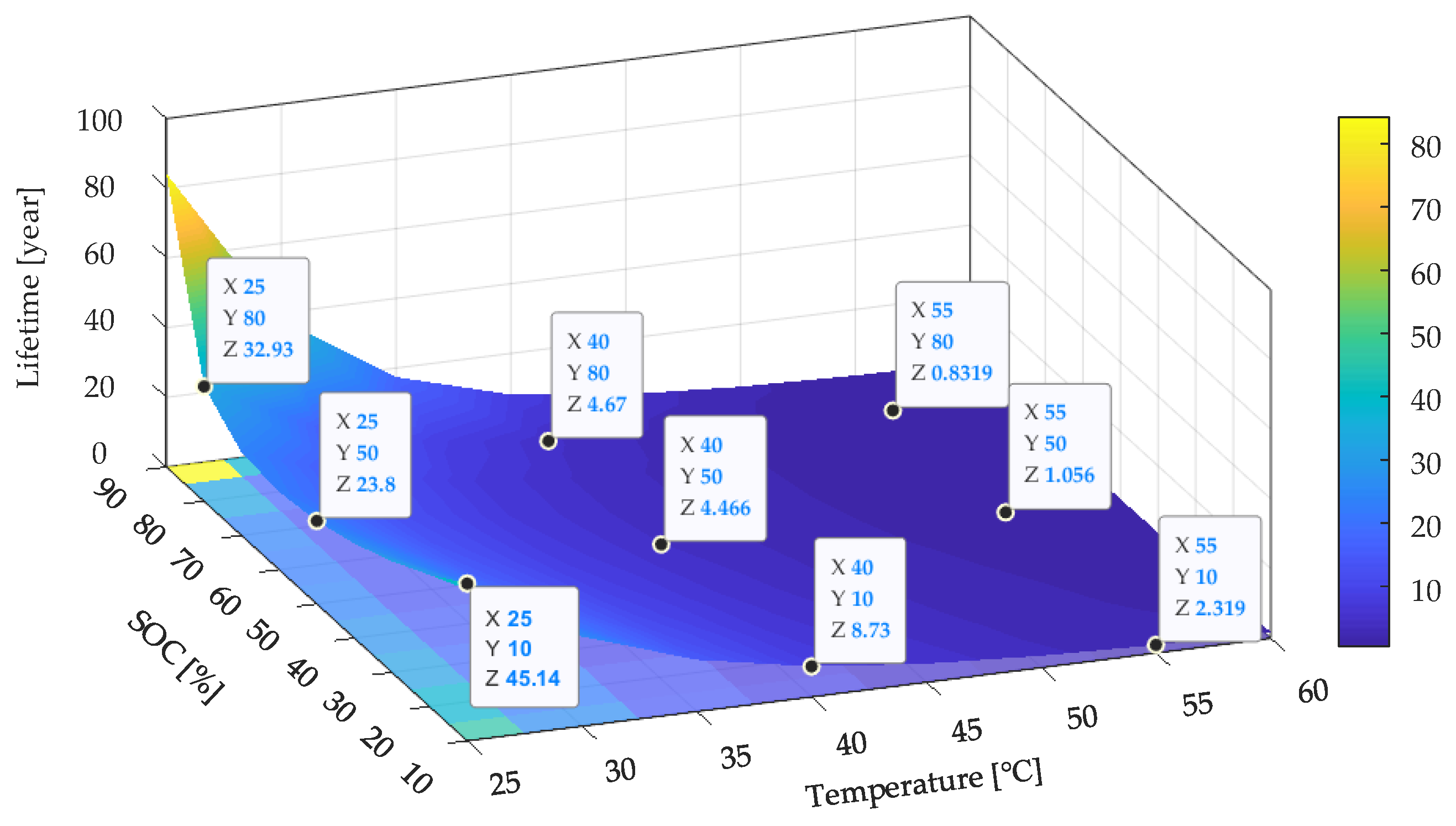Thanks again
@AAKEE, great detailed response!
Seems like based on Teslamate my current projected range is about 344, which as you said is only about 3.9% from 358, not the original 8+% I feared!
After reading the "How I Recovered Half of my Battery's Lost Capacity" thread, I will try the following:
Charge up to 90% by 1am
Let the car sit for 6 hours at 90%
Drive to work and arrive with about 84%
Let the car sit for about 8 hours
Drive home and arrive with about 78%
Let the car sit for about 12 hours
Drive to work and arrive with about 70%
Let the car sit for about 8 hours
Drive home and arrive with about 64%
Let the car sit for about 12 hours
Drive to work and arrive with about 55%
Let the car sit for about 8 hours
Drive home and arrive with about 49%
Let the car sit for about 12 hours
Then from this point I will resume my routine of driving the car down to about 25% before charging back up to 50%.
Does this sound like a reasonable plan? Will be interesting to see if this changes my projected range after a week or two.



